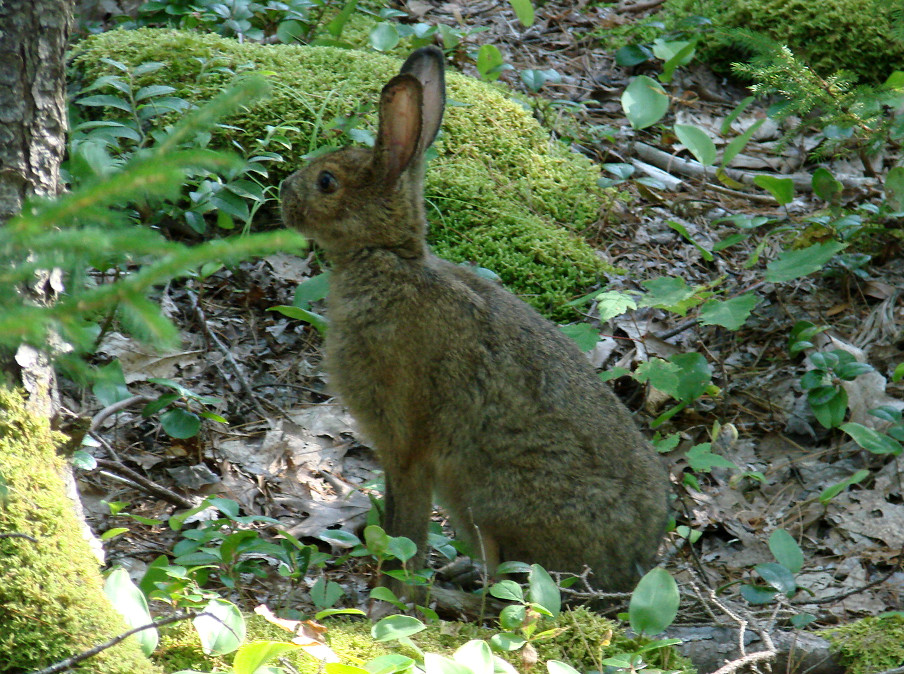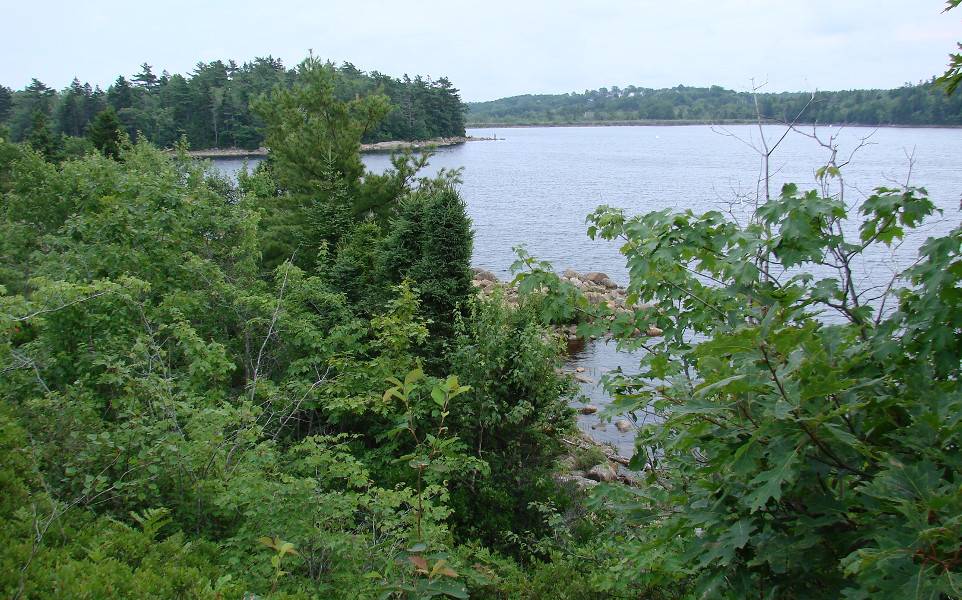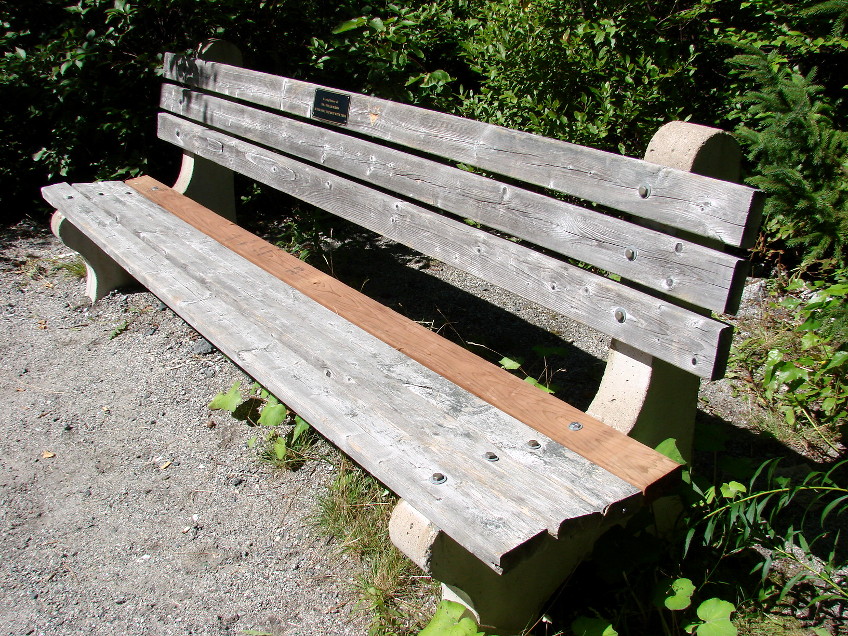Snowshoe Hare, Varying Hare, Rabbit
Biologists have a name for all the world’s rabbit-like animals: lagomorph. There are three types of lagomorph in the world: rabbits, hares and pikas. In Nova Scotia the most common truly wild kind of lagomorph goes by several names. It is called “snowshoe hare” because it has very large back feet that enable it to walk over deep snow. It is also called “varying hare” because it changes color dramatically between white in winter and brown in summer. Locally it is often called “rabbit” or “bunny” due to being somewhat similar to the European rabbit.
The snowshoe hare is not a rabbit and cannot breed with true rabbits. A few European rabbits have adapted to life in the wild in Nova Scotia and can be seen near some human settlements. These are described as “feral” animals which means that although they are domestic animals they have adapted to living under wild conditions.

Hare Habits
Unlike rabbits and Arctic hares, snowshoe hares do not create burrows in the ground. Instead they hide in shallow depressions tucked under ferns or logs. Within a day of being born, the young are fully able to run and survive away from their mothers for up to a day. They return to their mothers for milk every evening for about a month and are then able to fend for themselves.
Hares in Nova Scotia typically have three litters per year of around four young (leverets) in each litter. Females have two uteruses and can become pregnant with a second litter even before the previous litter has been born. Thus, when conditions are good, the population is able to grow quite rapidly.
Snowshoe hares eat a wide range of green vegetation during the summer and rely on twigs and bark during the winter. They are themselves eaten by predator animals such as foxes, coyotes and humans.
Snowshoe hares are shy and rarely seen but they leave distinctive scat in the form of pellets. These pellets make it easy to assess their presence. The population size is typically variable due to the capacity to breed quite rapidly while also suffering heavy losses due to predation.
Wildlife in Nova Scotia’s Parks
Provincial parks in Nova Scotia are managed by the Parks Division of the Department of Natural Resources and Renewables. The slogan “Parks are for People” has been used to define their mandate. This means that these natural areas exist to conserve nature while also allowing people to enjoy natural surroundings. This is a difficult balancing act at times as illustrated by the case of the Snowshoe Hare. People want to see this elusive animal, but if people are too intrusive, the hares disappear.

Natural Environment Parks
The province of Nova Scotia defines Long Lake Provincial Park as a “natural environment park”. In essence, the provincial parks fall into three categories: roadside rest stops, camping parks, and natural environment parks. Rest-stop parks are near highways and are relatively small. They often have a picnic table and a feature of natural interest that make for a pleasant break in a journey. Camping parks are larger than roadside parks and have campgrounds that are open during the summer months. Trails, campground facilities, and features of interest (such as beaches) make it possible to stay enjoyably for several days at the province’s camping parks.
Overnight camping is not permitted in Nova Scotia’s natural environment parks which are larger than roadside parks. Instead, this park category exists for conservation of natural areas while also facilitating public access so that visitors can enjoy recreation in natural surroundings, such as going for relatively long hikes. Natural environment parks tend to be located near large population centers where they attract a lot of visitors.

Long Lake Provincial Park is Nova Scotia’s classic natural environment park where humans and snowshoe hares are able to co-exist right on the doorstep of the city.

Leave a Reply